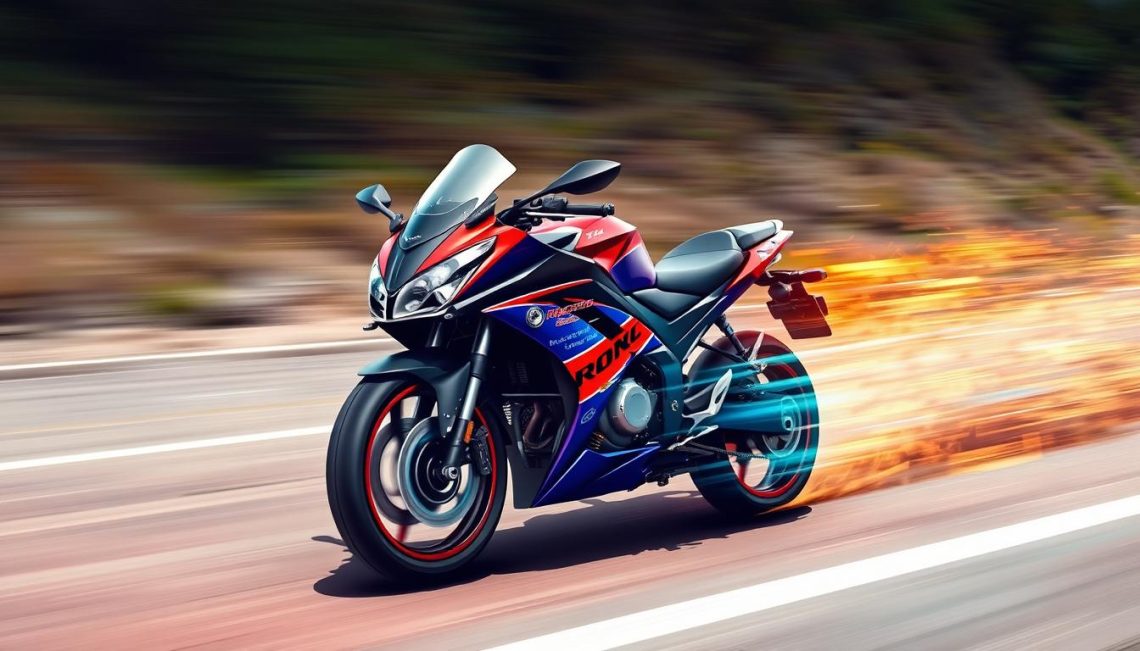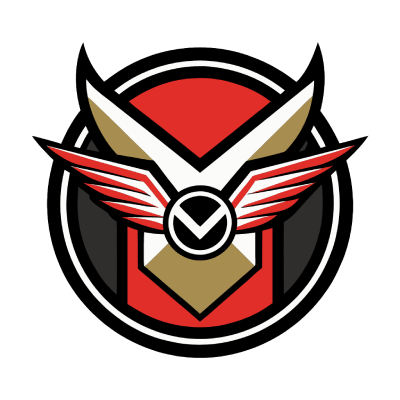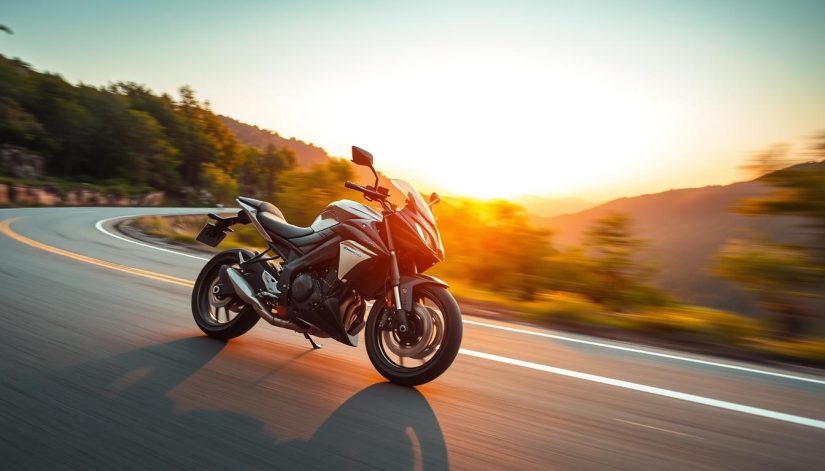When it comes to the world of motorcycles, the 300cc engine size garners significant attention, especially among entry-level riders seeking a balance between power and agility. Understanding the speed capabilities of 300cc bikes is essential for both enthusiasts and prospective buyers. This introduction explores the performance aspects of these lightweight machines, providing insights into the typical 300cc motorcycle speed and the factors that influence their overall efficiency on the road.
Understanding the Basics of 300cc Motorcycles
A 300cc motorcycle is popular among riders looking for a balance of performance and manageability. The definition of 300cc motorcycle revolves around its engine displacement, which directly correlates to its power output. The “cc” refers to cubic centimeters, illustrating the engine’s cylinder volume. These motorcycles cater primarily to beginner and intermediate riders, providing a lightweight option without compromising on power.
What is a 300cc Motorcycle?
The motorcycle engine size of 300cc classifies these bikes as suitable for both city commuting and longer highway rides. Models like the Kawasaki Ninja 300 and KTM RC 390 exemplify this category, featuring a design that emphasizes both speed and agility. The compact nature of these motorcycles further amplifies their appeal, making them an excellent choice for many riders.
Key Features of 300cc Motorcycles
Notable features of 300cc motorcycles include:
- Lightweight frame, enhancing maneuverability
- Sporty design elements, appealing to a younger demographic
- Modern technology such as ABS, improving safety
- Fuel injection for efficient energy use
- Lower seat heights, accommodating shorter riders
The advantages of 300cc bikes extend to their exceptional fuel efficiency, with many models achieving between 60-70 miles per gallon. This makes them a cost-effective option for daily commuting. Additionally, the manageable size and integrated technology significantly enhance the riding experience for users.
| Model | Engine Size (cc) | Fuel Efficiency (mpg) | Weight (lbs) |
|---|---|---|---|
| Kawasaki Ninja 300 | 296 | 66 | 385 |
| KTM RC 390 | 373 | 50 | 368 |
| Honda CBR300R | 286 | 71 | 348 |
How Fast Does A 300cc Motorcycle Go?
The top speed of a 300cc motorcycle can vary significantly based on various factors. Understanding these speed factors for 300cc motorcycles is essential for both potential buyers and current riders who seek to maximize their experience.
Factors Influencing Speed
Several motorcycle speed determinants contribute to how fast a 300cc bike can go. Key factors include:
- Weight: Lighter motorcycles typically achieve higher speeds, as they require less power to accelerate.
- Aerodynamics: A streamlined design can reduce air resistance, enhancing top speed.
- Rider Skill: Experienced riders can better utilize their motorcycle’s capabilities, impacting speed performance.
- Road Conditions: Smooth, straight roads promote higher speeds compared to rough or curvy surfaces.
Typical Speed Range of 300cc Motorcycles
Most 300cc motorcycles can reach a top speed between 85 to 115 mph (137 to 185 km/h). For instance:
| Motorcycle Model | Top Speed (mph) |
|---|---|
| Kawasaki Ninja 300 | 115 |
| KTM RC 390 | 110 |
| Yamaha YZF-R3 | 118 |
This speed range makes 300cc bikes ideal for various riding experiences, whether commuting or enjoying a spirited ride on the weekends.

Comparing 300cc Motorcycles with Other Engine Sizes
When evaluating the vast array of motorcycles available, the motorcycle engine comparison is essential. The 300cc motorcycles offer an optimal balance between speed and power, fitting nicely between the 250cc and 500cc categories. While 250cc bikes are generally easier to manage and ideal for beginners, they lack the robust performance that many riders seek. Their gentler pace assists new riders in building confidence, but they might soon find themselves yearning for more power and acceleration.
On the other hand, 500cc motorcycles deliver heightened speed and horsepower, appealing to more experienced riders. However, this power can be overwhelming for novices, posing a challenge when navigating busy roads or performing complex maneuvers. This is where the advantages of 300cc vs other sizes become evident. The 300cc option provides a middle ground: enough power to satisfy seasoned bikers while still remaining manageable for those still honing their skills.
Understanding these differences is paramount for prospective purchasers. By examining the speed, power, and user-friendliness of each engine size, riders can make informed choices that align with their experience level, riding style, and intended use. This knowledge not only enhances the riding experience but also ensures that every motorcyclist finds the perfect fit in an ever-expanding market.

